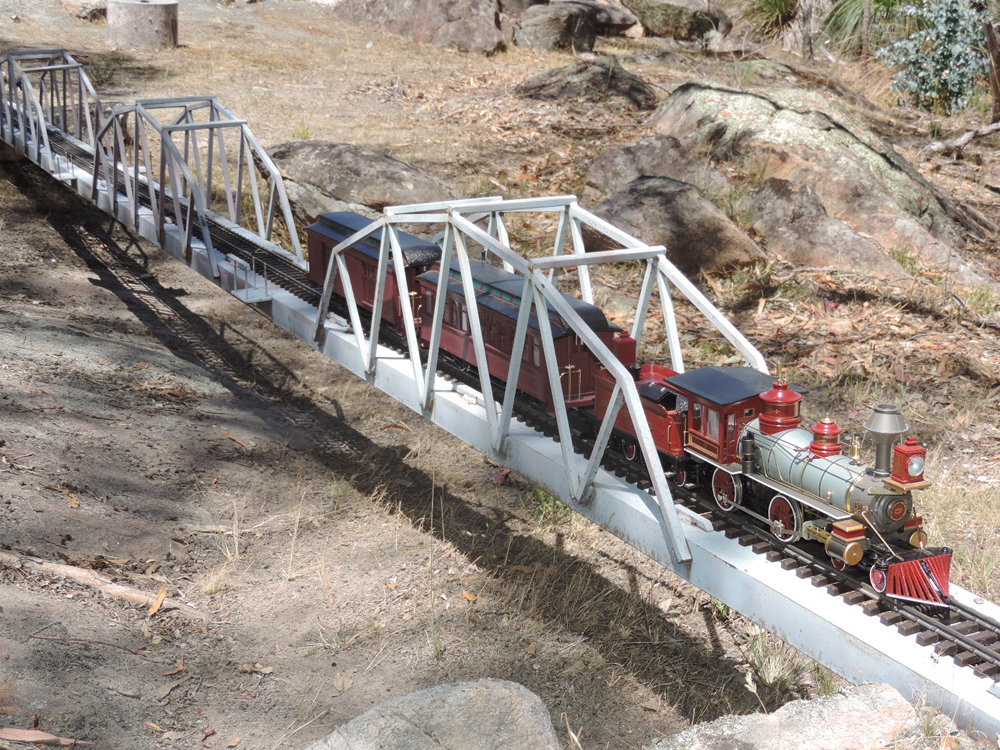
Garden railroad in Australia: I have been a model railroader in both N and HO scale, and then I discovered large scale. My other pastime is the sport of Cowboy Action Shooting, so I knew my theme would be the Wild West. Space was limited on my inner-city block, so I set up a basic […]
Read More…
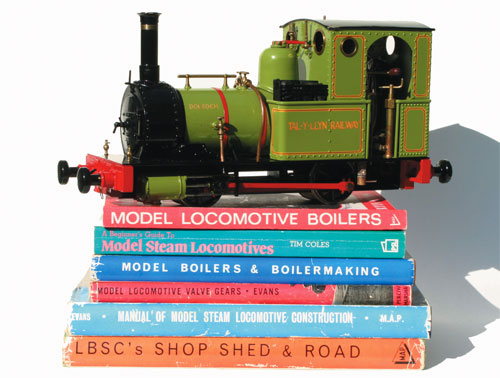
One of the questions I often hear is, “I’m interested in getting into live steam; where do I find resources for live steamers?” Unfortunately, there is no “one stop shopping” for all the questions beginners may have about small-scale live steam. However, there are a number of resources out there that can provide answers, and […]
Read More…
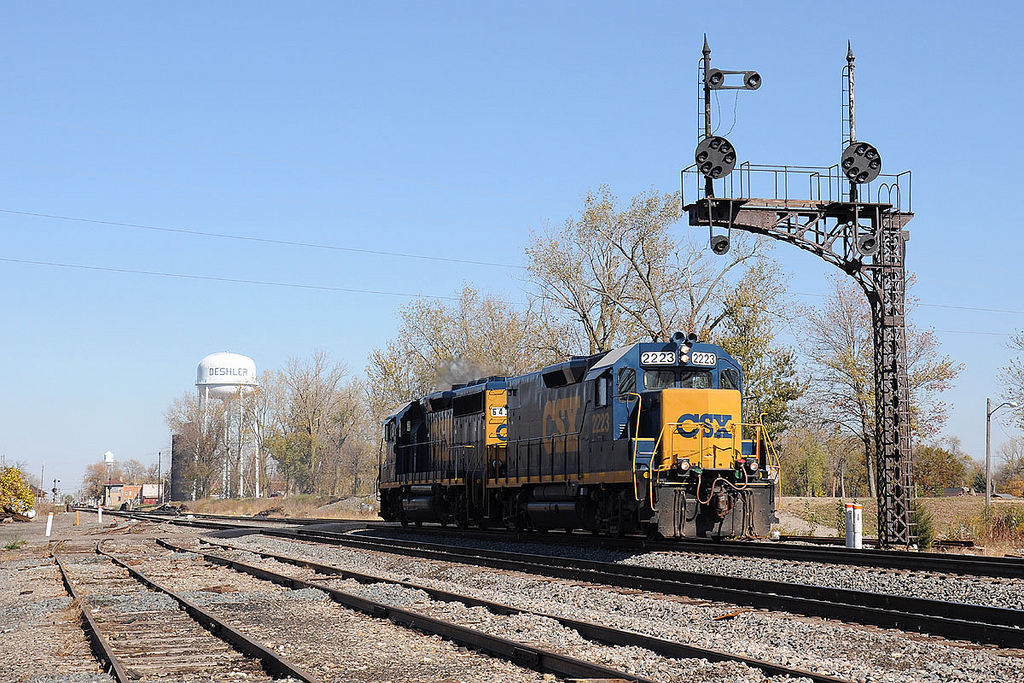
Slugs What are slugs, what do they do You’re at trackside, eyeing an approaching CSX train. The roar of working diesels increases, but it’s oddly distant, given that the engines are so close. The lead unit grinds by, eerily silent but for the humming of its traction motors, followed by two others making all the […]
Read More…
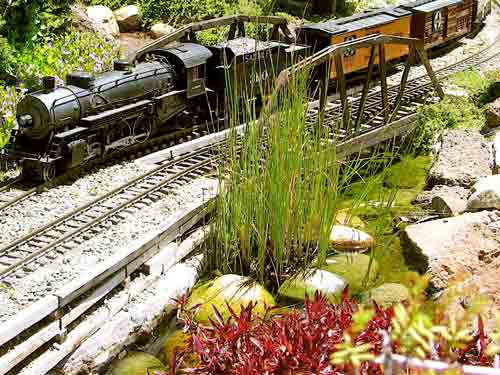
Water plants for the garden railway Ah, summer! It’s hot enough for iced tea and watermelon. You’re sitting by your little pond, enjoying the rhythmic chimes of rushing water from your railway’s beautiful falls. Through the haze your eyes rest on a serene lake; you’re imagining that anticipated fishing trip. Mountains reflected in cool, clear […]
Read More…
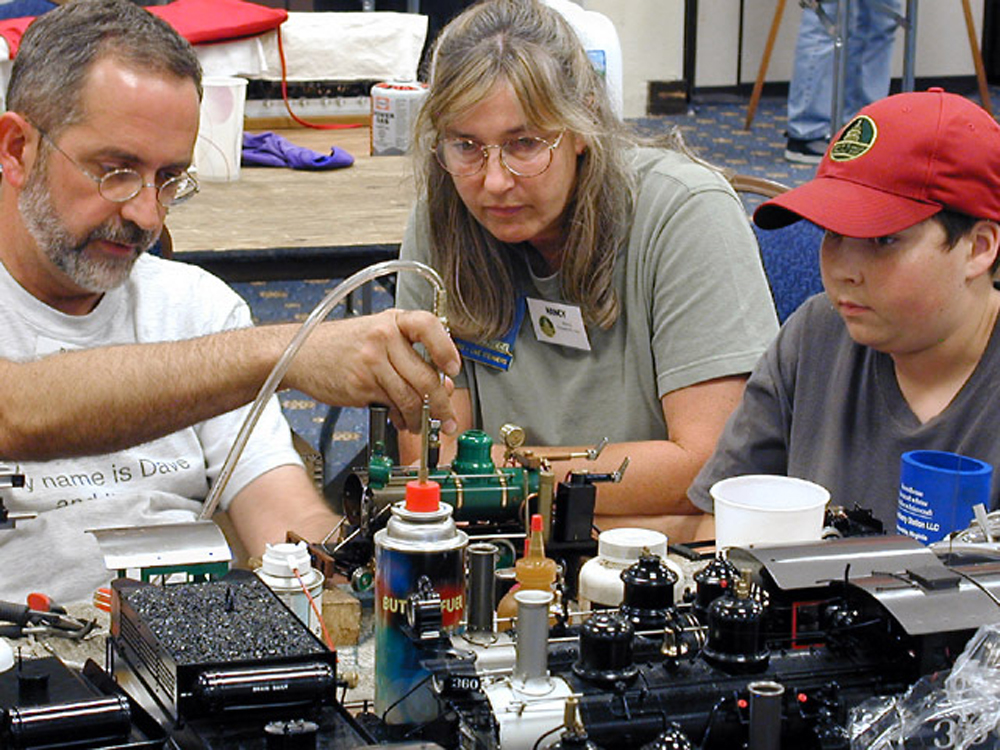
What are some of your favorite parts of the hobby? Community is the best part of this hobby. I’ve been active in three California clubs, and now, in New England, I’m helping out with Massachusetts, New Hampshire, and Maine garden railways. In 2007, after 10 years helping northern Californians build garden railways through my business, […]
Read More…

Preview Garden Railways July and August 2023 content While we may no longer be printing Garden Railways magazine, we’re adding new content to Trains.com every week! Here’s a few recent items, and a preview of what’s coming in the next month. Become a Trains.com member so you don’t miss any of this great content! If […]
Read More…
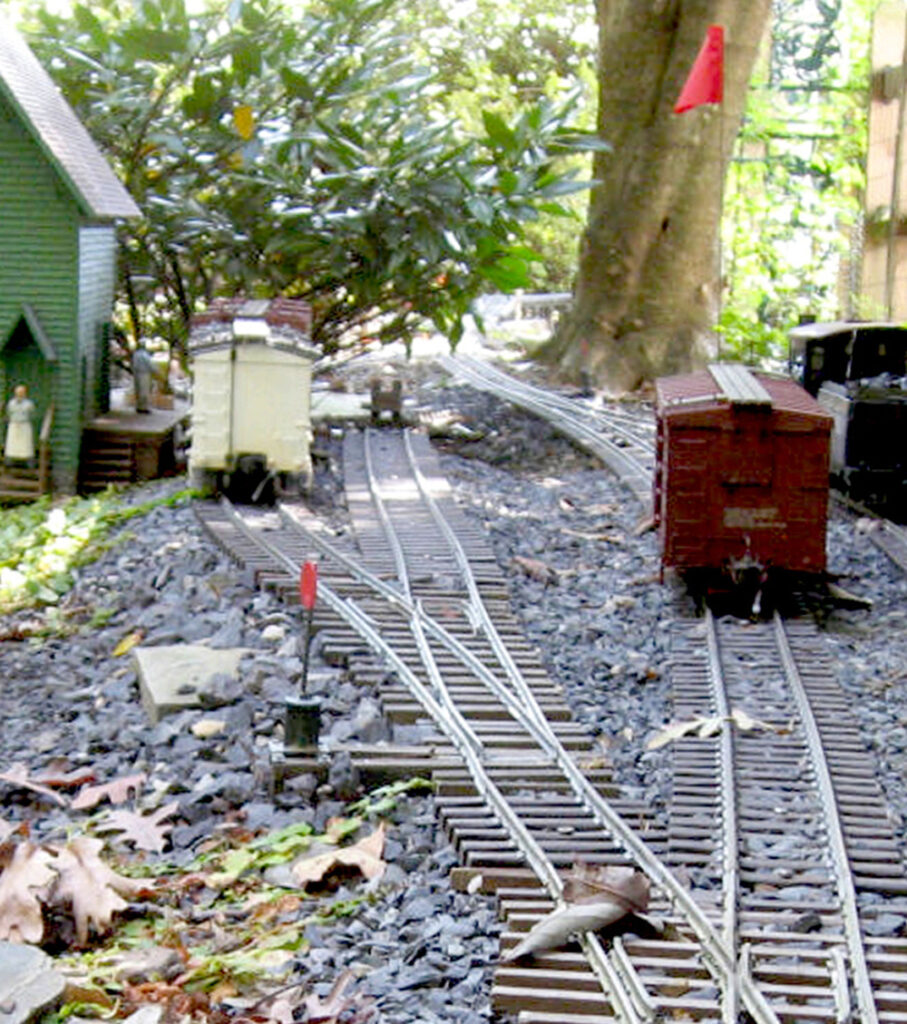
Tips for your right-of-way Easy tunnel liner When building tunnels, making a solid interior structure to maintain the tunnel’s structural integrity may be a challenge to those who may not know where to start. An old mailbox makes a perfect shell for a tunnel—just remove the flag, door, and end, and install it. The size […]
Read More…
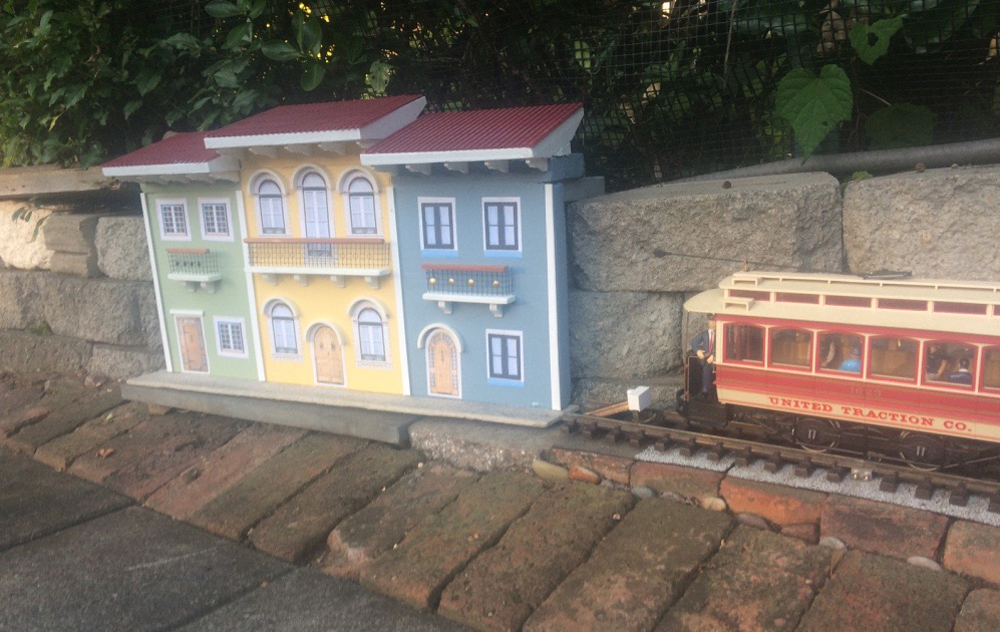
My railroad is located in the last 12 feet at the end of my backyard and occupies an area about 12’ x 43’, with no hope for expansion. Although I’m generally happy with the 120’ of track in a folded dog bone configuration, I’m always looking for ways to add more track without making it […]
Read More…

Preview Garden Railways June and July 2023 content While we may no longer be printing Garden Railways magazine, we’re adding new content to Trains.com every week! Here’s a few recent items, and a preview of what’s coming in the next month. Become a Trains.com member so you don’t miss any of this great content! 7 […]
Read More…
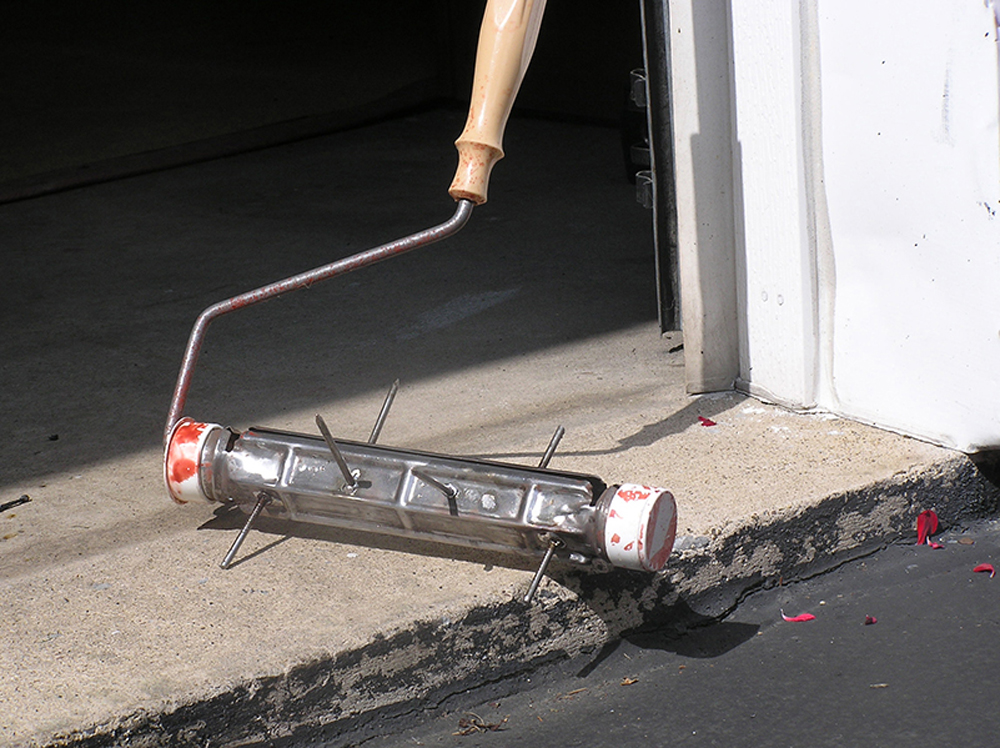
7 tips for your roadbed and right-of-way: Keep your trains rolling with these easy tips. Learn how to store ballast nearby, easily pick up leaves, clear switch points, and more! Piping under the roadbed When we built our garden railroad, we found that we needed to provide water to plants on the far side of […]
Read More…
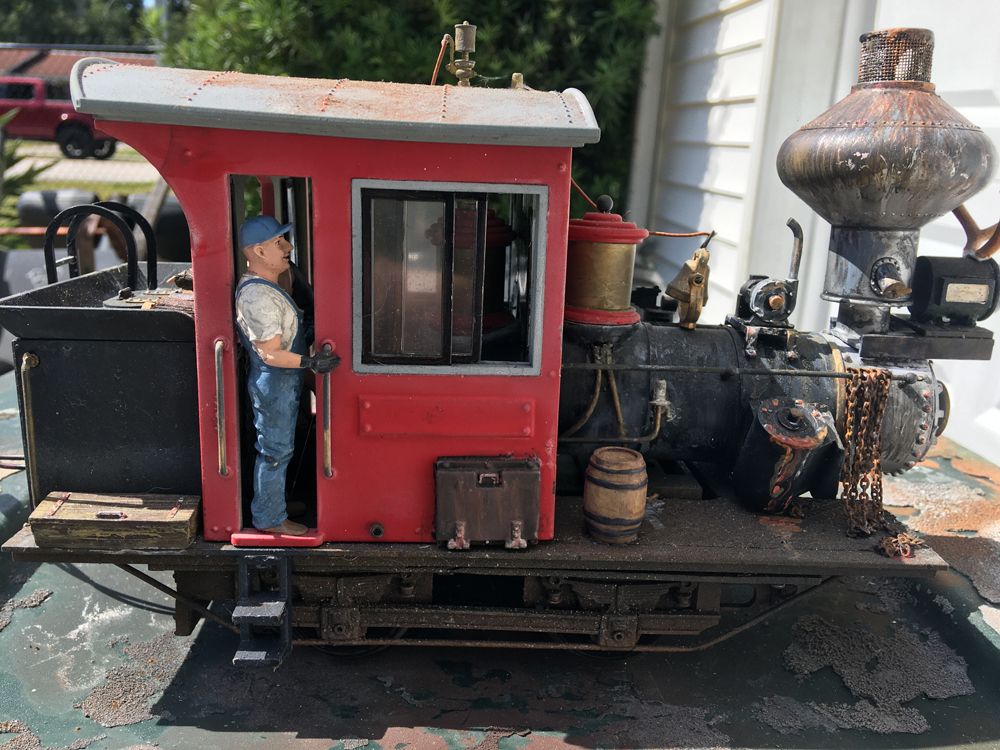
Meet Bill Barnwell In a paragraph, how did you get started in the hobby? I got started in trains at the age of six with a Lionel 027 steam freight set and an oval of track under the Christmas tree. I still remember the smell of electric ozone in the air, laying on the rug at […]
Read More…
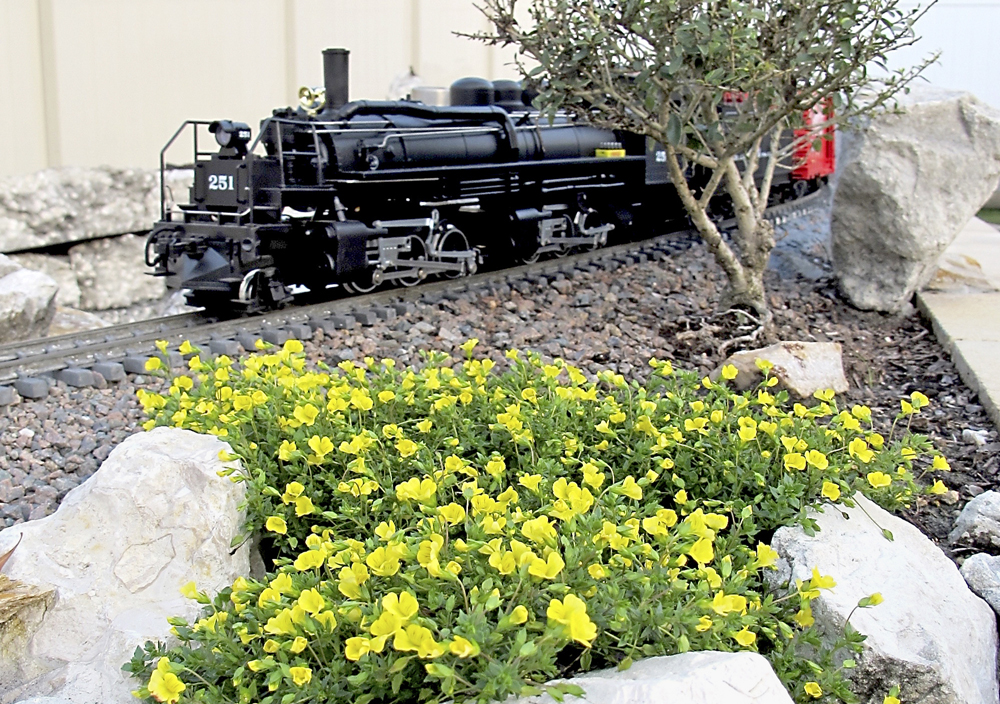
Common name: Axilflower, Magic Carpet Yellow, Baby Jump Up Latin name: Mecardonia x ‘Magic Carpet Yellow’, M. x ‘Gold Dust’, and M. x ‘Gold Flake’ Plant type: Annual USDA Hardiness Zones: 9-11, or grown as an annual Cultural needs: Moist, well drained, neutral or slightly acidic soil; full sun Plant size: 4″ high x 6-12″ […]
Read More…











